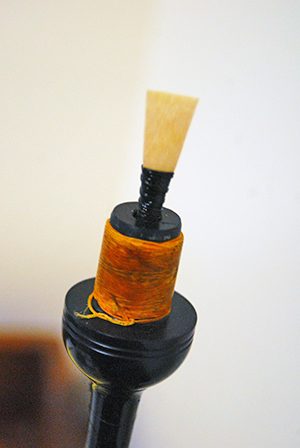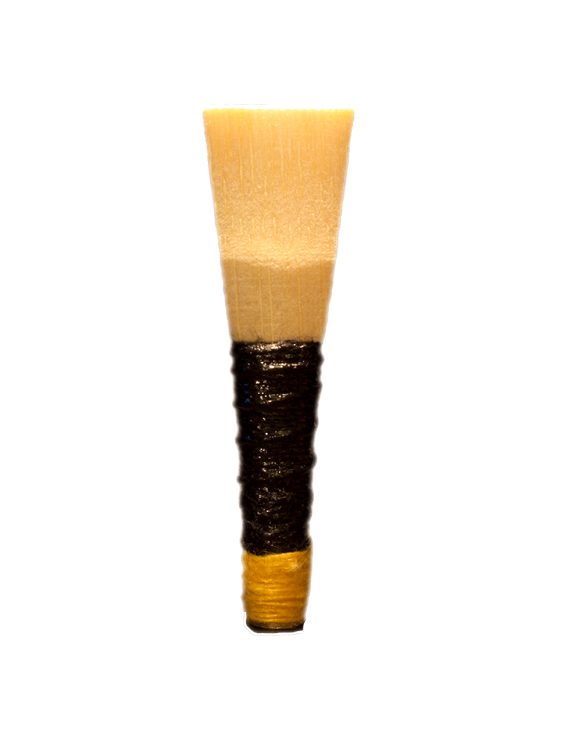Chanter Reeds: Differences and Uses

While each chanter reed may look mostly the same, individual reed makers will often incorporate individual design changes that make subtle changes to the shape, configuration and construction of the reed in order to produce different harmonics. Different reed makers also use different sources for cane (the material of the reed blades), making the quality reed to reed from maker to maker, different. Chanter reeds from maker to maker will also perform differently from chanter to chanter.
Today's chanter reeds are well crafted and consistent reed to reed. The precision of each reed's construction makes finding workable reeds from just about any maker quite easy. The objective is to find a reed that produces the quality of sound you are looking for in your particular chanter. No, all chanter reeds are not the same, and it will require some experimentation on the piper's part to find reeds matched to you and your bagpipe.
There are two types of chanter reeds being made today: Molded and ridge-cut.
Within these two categories, chanter reeds are available in a variety of strengths. The strength indicates how easy or how hard a reed will be to play. Many reed makers use "inches of water" as a guide to strength. This refers to the amount of pressure expended to play the reed at its sweet spot (and the relative inches of water marked on a manometer). An "easy" reed will require fewer inches of water to produce full harmonics. A "hard" reed will require more inches of water to produce full harmonics. There is variability in this measurement though, and every piper should gauge for themselves where their personal strengths lay.
Characteristics of Molded Reeds
The blades of a molded reed are cut in a long, even, progressive taper from just above the staple to the tips. Its surface will have a smooth, rounded curve. It is shaped in a continuous form, or mold, to achieve this.
A molded reed produces a warm sound and can produce rich overtones. Molded reeds are easy to modify and are often preferred by soloists. Molded reeds are suited to techniques to modify the cane through scraping or "shaving" in order to change the overall performance and sound quality of the reed.

Characteristics of Ridge-Cut Reeds
A ridge-cut reed has a thick lower section with a "ridge" that is cut in about one-third of the reed's length above the staple. This ridge then curves upward from the thick lower section to the tips of the blades.
Ridge-cut reeds produce a big, powerful sound. They are often preferred by pipe bands. Generally speaking, ridge-cut reeds, because they have thicker sections of cane in the lower "sound box" portion of the reed, are stronger, more stable reeds and require a bit more effort to blow fully. (Generally speaking, new ridge-cut reeds require more than 30 inches/water as measured by a manometer. There are always exceptions.) Ridge-cut reeds can be modified using scraping or "shaving" techniques, but these methods are typically used sparingly.

Take Action
If you're a Dojo student, make sure you've worked your way through our 11 Commandments of Mastery course, and then start looking at our Tune of the Week each week as part of the Bagpipe Freedom program.
If you're not yet a Dojo Student, we'd love to welcome you! You can take the 11 Commandments course, which covers the 11 essential mindset tweaks you'll need to prepare yourself for mastery, or explore our monthly membership options and join us as a student, where you can work towards bagpipe freedom in a guided way with hundreds of other pipers around the world cheering you on!





Responses